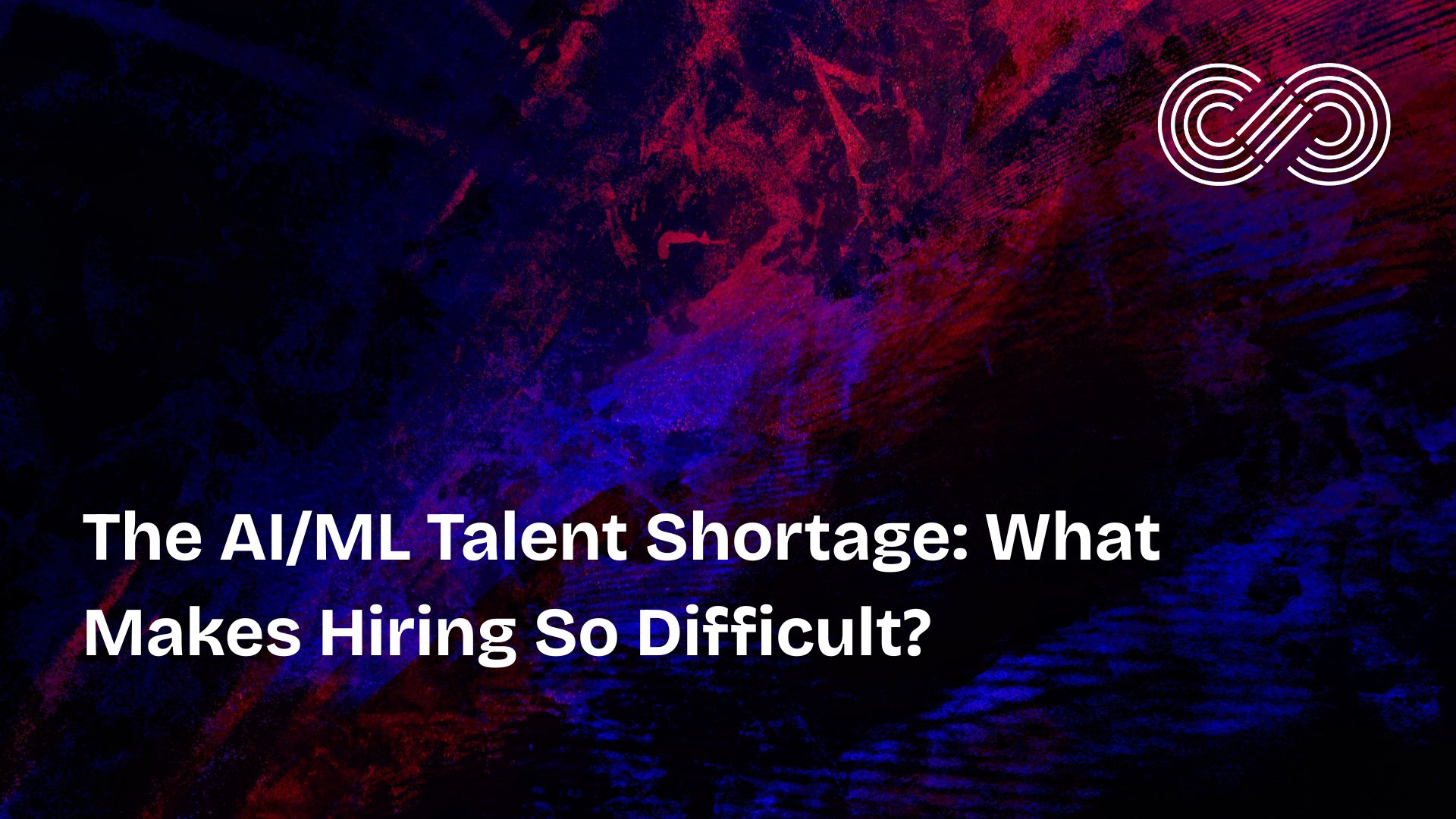Why Internal Recruiting Hits a Wall: Rethinking the Law of Diminishing Returns
Why scaling your recruiting team alone can stall growth and how a hybrid RaaS model keeps your hiring engine running at full speed.
As companies scale especially those in tech, SaaS, or PE-backed growth stages, the pressure to deliver top talent intensifies. The common response? Add more internal recruiters. Increase resources. Double down on in-house hiring.
At first, it works.
Then… it stalls.
Pipelines dry up. Time-to-fill stretches. Quality dips. And despite all the motion, outcomes plateau. What’s happening?
This is the Law of Diminishing Returns in action.
And it’s where internal recruiting hits a wall.
Why Adding More Recruiters Doesn’t Always Mean More Results
In economics, the Law of Diminishing Returns explains that after a certain point, adding more input—like recruiters—to a system with finite resources leads to declining efficiency. The first few hires might boost performance, but each additional recruiter contributes less than the one before.
This isn’t a reflection of team talent—it’s a symptom of scale. Internal teams face real constraints: limited access to talent markets, overburdened tools, and increasing complexity across functions.
Eventually, internal TA starts drowning in operational load—juggling sourcing, screening, stakeholder management, systems, reporting, and candidate experience—all while trying to hire faster.
Meanwhile, leadership asks: “Why are we slowing down?”
RaaS Isn’t a Cop-Out: It’s a Scalable Growth Strategy
Recruitment as a Service (RaaS) isn’t about replacing your internal team. It’s about building strategic leverage.
Think of RaaS as a flexible talent engine built to support modern, high-growth hiring environments. It’s especially useful for:
- Companies in hypergrowth or transformation
- Businesses expanding into new markets or product lines
- Firms hiring in highly competitive tech domains (AI, SaaS, fintech)
- PE/VC-backed organizations needing rapid team builds
RaaS delivers:
- Elastic recruiting capacity that adjusts with demand
- Faster access to niche talent pools through specialized sourcing
- On-demand expertise in high-volume or hard-to-fill roles
- Operational lift so internal TA can focus on strategy, not sourcing
Unlike traditional models, RaaS doesn’t suffer from the internal drag of hiring, onboarding, and tool overload. It’s built to flex.
Internal Recruiting Has Limits. Your Growth Shouldn’t
Relying solely on internal hiring capacity assumes that scaling people scales results. But as your talent engine grows more complex, that logic breaks down.
That’s why top-performing companies blend internal TA with embedded RaaS solutions to create a hybrid, high-impact model. They maintain control—but gain capacity, speed, and reach.
So, if your team is overextended, pipeline velocity is down, and the pressure is rising don’t just add headcount. Instead rethink the model and ask yourself: “What if the best way to grow isn’t to do more in-house… but to do it differently?”






